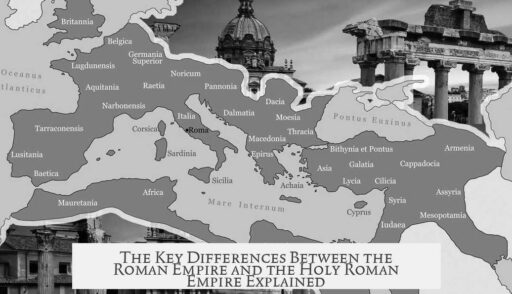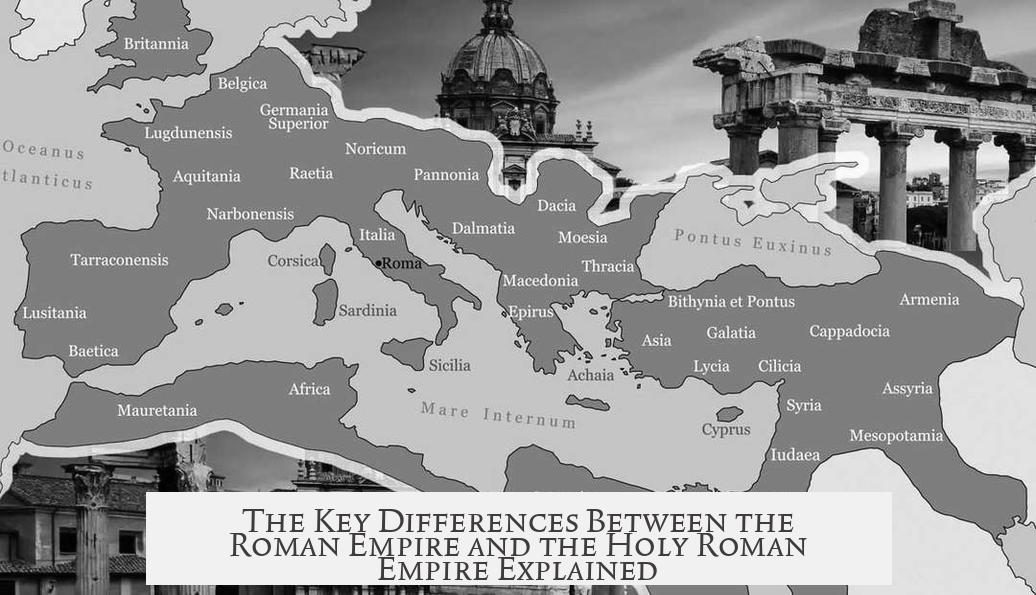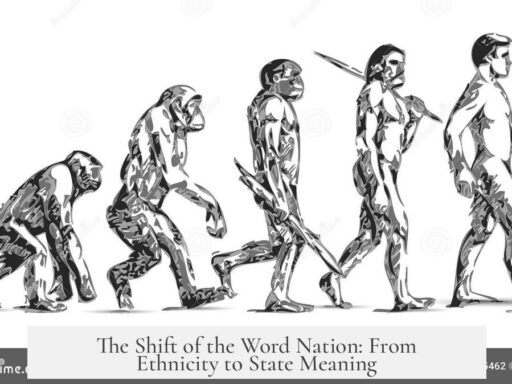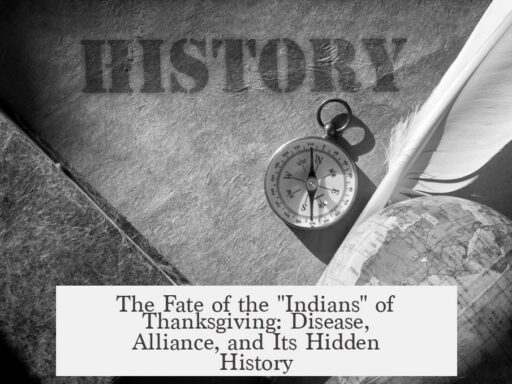The difference between the Roman Empire and the Holy Roman Empire lies primarily in their origins, political structures, power dynamics, geographic scope, and relation to ancient Rome.
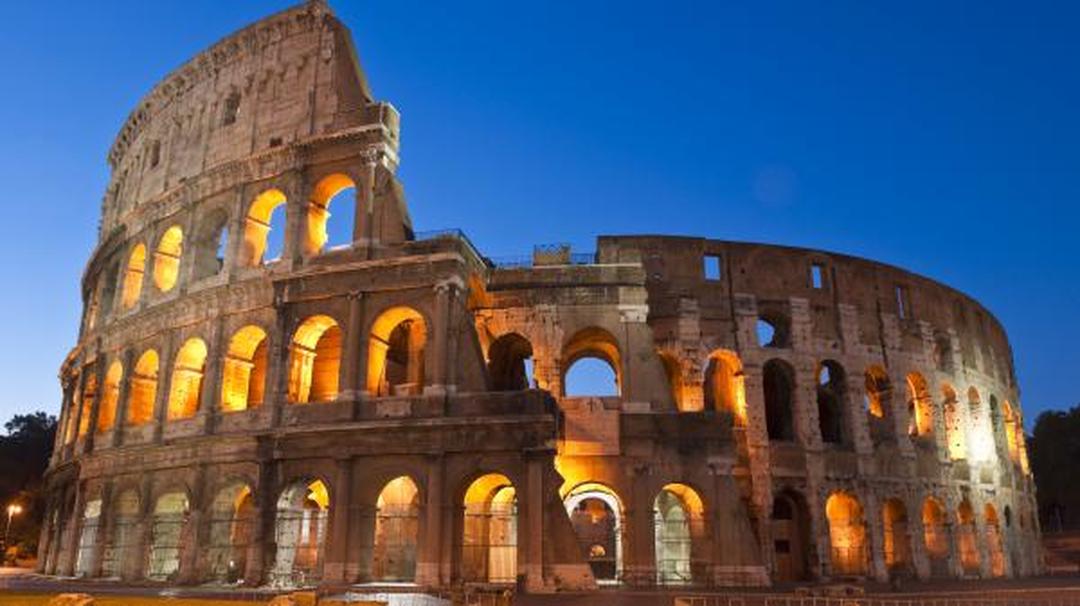
The Roman Empire was the original ancient empire centered in Rome, established as a continuation of the Roman Republic. Augustus refined the imperial system, which placed direct control of provinces under the Emperor and Senate-appointed governors. This centralized governance gave the Roman Emperor near absolute power during much of its existence.
In contrast, the Holy Roman Empire was created much later, emerging around the 9th century AD. It was initiated by the pope’s attempt to revive the prestige and legacy of the ancient Roman Empire. The crowning of Charlemagne as Emperor in 800 AD symbolized this endeavor. However, the Holy Roman Empire was not a direct continuation of the original Roman Empire, but rather a fragmented political entity composed of various principalities, duchies, and free cities, mainly within Central Europe.
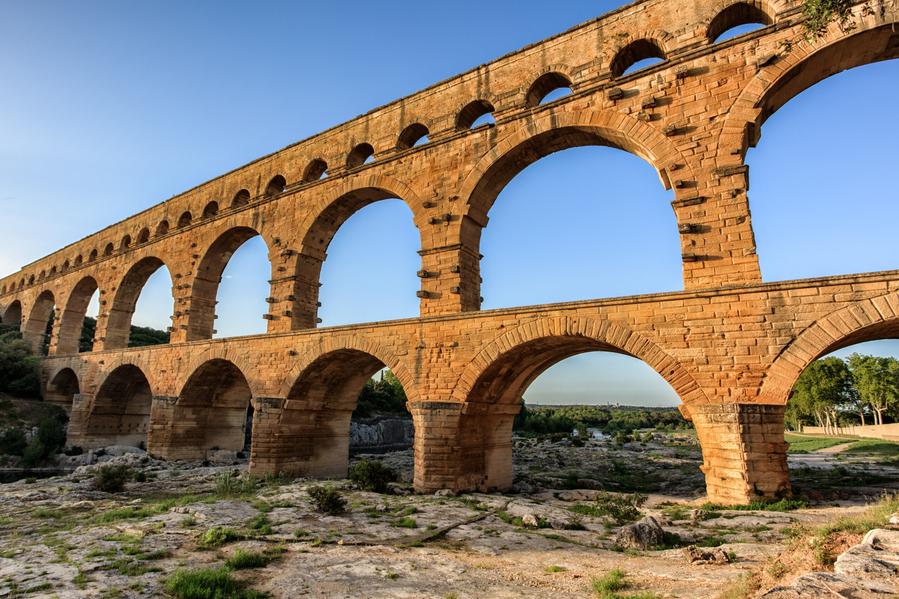
Politically, the Roman Empire featured a well-defined hierarchical structure. Initially, an Emperor held nearly absolute power with provinces governed through imperial appointees. Diocletian later introduced a division of power with co-Emperors ruling the eastern and western halves to manage the vast territories better. Even then, the notion of centralized authority remained intact. The Holy Roman Empire, by contrast, functioned more like a loose federation. Its Emperor was elected by nobles and held limited practical authority. Though the Emperor possessed moral and symbolic influence, many constituent states operated autonomously, reflecting a decentralized power system. The Emperor’s influence rarely translated into strong administrative control.
Geographically, the Roman Empire spanned the entire Mediterranean basin, covering vast areas of Europe, North Africa, and the Near East. Following the collapse of the Western Roman Empire in the 5th century AD due to invasions by Germanic tribes, the Eastern Roman Empire, also known as the Byzantine Empire, continued to exist for almost another millennium. The Holy Roman Empire, however, was largely confined to central Europe. It included territories that are parts of today’s Germany, France, and northern Italy. Despite involving regions commonly associated with early Germanic peoples, the Holy Roman Empire did not represent an early German nation-state. People in these lands did not conceive of a unified “Germany” as an identity at that time.
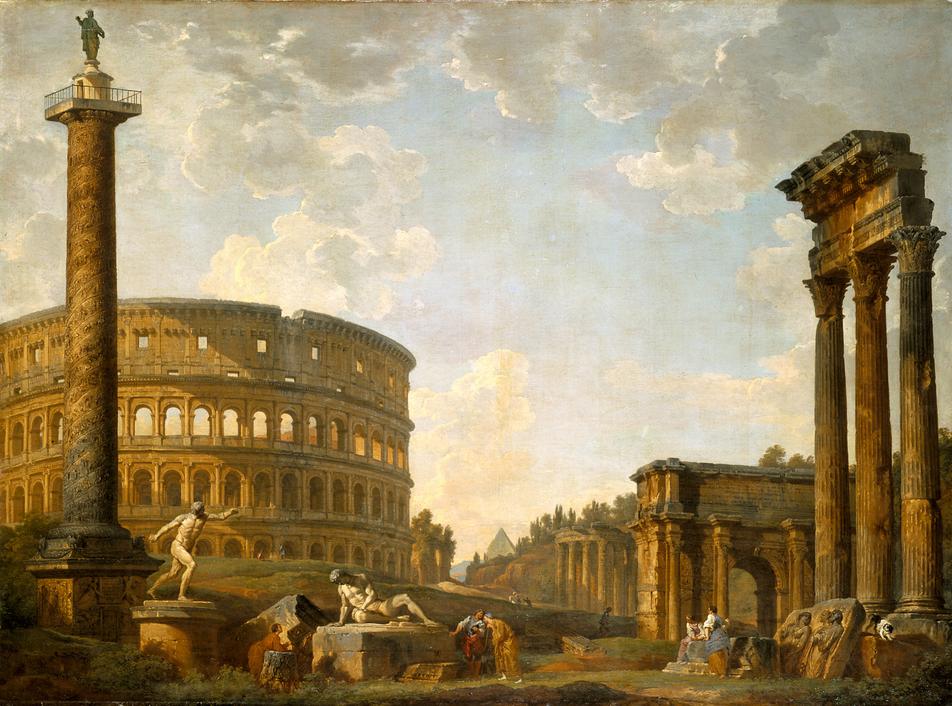
Importantly, the Holy Roman Empire’s claim to Roman heritage was mainly symbolic. The title “Holy Roman Emperor” aimed to evoke the authority and legacy of the original Roman Emperors, but bore no genetic or direct political continuity with the ancient Roman rulers. While the Roman Empire was historically and administratively cohesive, the Holy Roman Empire was a patchwork of semi-independent entities loosely united under an Emperor whose power was circumscribed by local rulers and the Church.
Summarizing these distinctions in a table clarifies the differences:
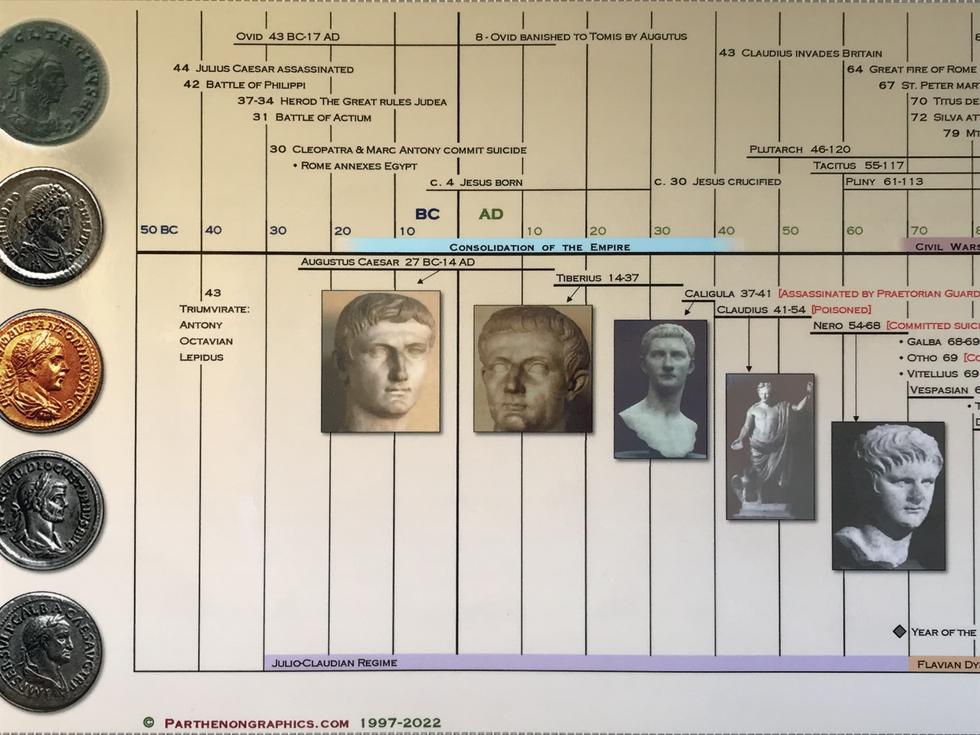
| Aspect | Roman Empire | Holy Roman Empire |
|---|---|---|
| Origin | Direct continuation from Roman Republic; Augustus refined the system | Papal creation crowning Charlemagne in 800s AD |
| Governance | Centralized; provinces ruled via governors; Emperor nearly absolute | Loose federation of territories; Emperor elected; limited power |
| Relation to Ancient Rome | Original empire until Western fall in 5th century | No direct lineage; prestige title granted by Pope |
| Geography | Across Mediterranean, later split East (Byzantine) and West | Central Europe: Germany, France, northern Italy |
| Emperor’s Power | Near absolute authority | Mostly symbolic/moral authority; limited practical power |
| Cultural Identity | Roman citizens; Latin-speaking elite; imperial Roman identity | Patchwork of principalities; no unified nationhood |
- The Roman Empire was an ancient, centralized empire with strong imperial authority.
- The Holy Roman Empire was a medieval, decentralized collection of states with a largely symbolic emperor.
- The Holy Roman Empire was not a direct political or cultural successor to Rome, but a papal creation.
- The geographic scope of the Roman Empire was broader and Mediterranean-centered, while the Holy Roman Empire focused on Central Europe.
- Emperor power in the Roman Empire was near absolute, versus the limited role in the Holy Roman Empire.
What’s the Difference Between the Roman Empire and the Holy Roman Empire?
In a nutshell, the Roman Empire was the original, centralized empire that ruled much of Europe and the Mediterranean directly, while the Holy Roman Empire was a later, decentralized entity created by the Pope to revive the prestige of the ancient empire, but it was much less unified and more of a loose confederation.

Okay, so that’s the elevator pitch. Now, let’s unravel this historical spaghetti with some tasty meatballs of facts. Spoiler alert: the Holy Roman Empire wasn’t exactly holy, Roman, or an empire in the traditional sense. Confused? You won’t be after this.
1. Origin and Historical Context: The Birthdays and Backstories
The Roman Empire kicks off as a powerhouse of centralized rule. Around 27 BC, Augustus sets the groundwork, turning Rome from a messy republic into a smooth-operating empire. The Emperor and Senate run the show, ruling provinces through governors they appoint. The western half of this empire thrived for centuries.
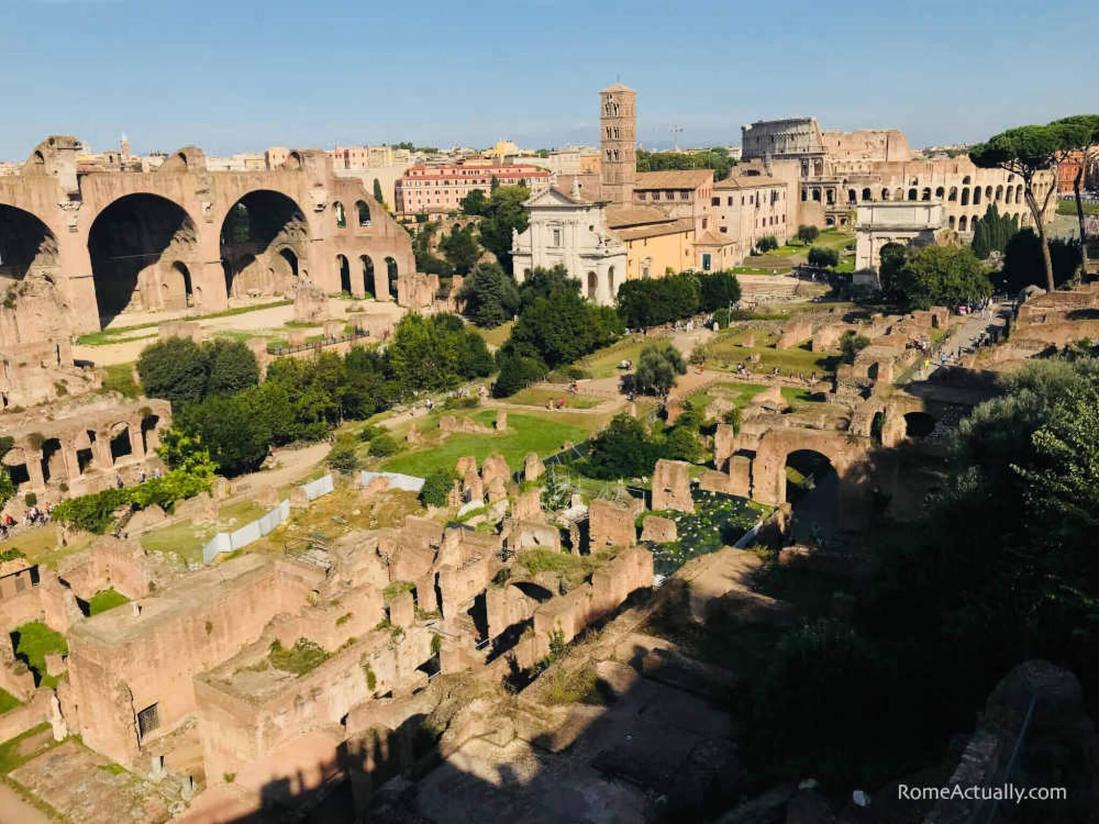
Fast forward to the late 700s AD—enter the Holy Roman Empire stage left. It’s not a natural evolution but a papal idea to revive a dead empire’s legacy. The Pope crowns Charlemagne Emperor, hoping to stitch together western Europe. This “rebirth” covers modern-day France, Germany, and Northern Italy. But unlike the original Roman Empire’s clear chain of command, this one is more like a high school group project where everyone does their own thing.
2. Political Structure and Governance: One Rules All vs. The Loose Collective
The Roman Empire is the definition of “top-down” governance. Emperors (sometimes twins—thanks to Diocletian’s idea of co-Emperors) wield near-absolute power, directing governors managing provinces. Even when Rome split power with Byzantium, it was still hierarchical and centralized.
The Holy Roman Empire? Think of it as a medieval version of a squabbling committee. The Emperor is elected, but his power is mostly moral authority and title flair rather than real control. He can’t just boss around dukes, princes, or free cities. It’s more of a “you do you” scenario held together by tradition and papal blessing than hard power.
3. Relation to the Original Roman Empire: Legacy vs. Pretend Royalty
The Western Roman Empire collapses in the 5th century due to invasions by Germanic tribes. The Emperor in Rome? Gone, kaput, no longer a thing. The East continues as the Byzantine Empire, preserving Roman traditions in a new form.
The Holy Roman Empire comes centuries later and claims to be the grand old heir to the Roman legacy. But here’s the kicker: by blood, law, or direct descent—they have no claim. It’s basically a status symbol franchised by the Pope to strengthen his political hand and give Charlemagne a snappy resume.
4. Geographic and Cultural Identity: Mediterranean Giants vs. Central European Patchwork
The Roman Empire spans the Mediterranean, from Britain to North Africa and the Middle East. Its citizens, especially the elite, share a common Roman identity and Latin language. The Eastern half evolves into the Byzantine Empire, focusing on the Eastern Mediterranean.
Holy Roman Empire’s realm sits in the heart of Europe—mainly modern Germany, France, northern Italy. But don’t imagine a tidy country here. It’s a chaotic quilt of principalities, duchies, free cities, and tiny kingdoms. No unified “German” nation existed yet; identities were local and fragmented. It’s no empire in the classic sense, more a medieval version of a federation with a borrowed name and a borrowed claim.
5. Authority and Power of the Emperor: Mighty Caesar vs. Elected Figurehead
The Roman Emperor enjoys nearly unchecked control across his empire. His word often is law. Even with joint emperors, the system kicks butt as a centralized autocracy.
Contrastingly, the Holy Roman Emperor is more of a celebrity guest star than a showrunner. Elected by prince-electors, his authority waxes and wanes. Often, his “power” is symbolic or moral, lacking the bite to control the diverse territories under his nominal rule.
So, Why Does It Matter?
Understanding this difference isn’t just a history quiz trick. It explains how modern Europe developed. The Roman Empire laid the groundwork for law, governance, and culture. The Holy Roman Empire shows how old ideas were recycled to deal with new realities—fragmented states and growing church influence.
It also highlights how names can be deceiving. Calling something the “Holy Roman Empire” implies grandeur, unity, and direct connection to Rome—which is historically inaccurate but politically useful in that era. It’s a reminder: titles and legitimacy can be as much about politics as reality.
Here’s a Quick Recap Table for the Visual Thinkers
| Aspect | Roman Empire | Holy Roman Empire |
|---|---|---|
| Origin | Direct continuation from the Roman Republic; Augustus refined the system | Created by the Pope crowning Charlemagne in the 800s AD |
| Governance | Centralized; provinces ruled by governors under Emperor’s absolute control | Loose confederation; elected Emperor with limited power |
| Relation to Ancient Rome | Original empire until Western half falls in 5th century AD | No direct lineage; prestige granted by papal authority |
| Geography | Across Mediterranean; East split into Byzantine Empire | Centered on Central Europe—Germany, France, Northern Italy |
| Emperor’s Power | Nearly absolute control | Mostly symbolic and moral authority |
| Cultural Identity | Roman citizens; Latin-speaking aristocracy | Patchwork of principalities; no unified ethnic nationhood |
Final Thought: The Holy Roman Empire—History’s Most Misnamed Entity?
Sure, calling it the “Holy Roman Empire” has a ring to it, but it’s a title stuffed with irony. It is holy-ish, Roman-ish, and empire-ish—but rarely all three at once.
Next time someone asks you, “What’s the difference between the Roman Empire and the Holy Roman Empire?” you’ll have a story that spans centuries, politics, and geography. And hey, maybe throw in that the Holy Roman Empire is what happens when history costumes up for a medieval cosplay party. It’s history, a little messy, a little theatrical, but endlessly fascinating.
